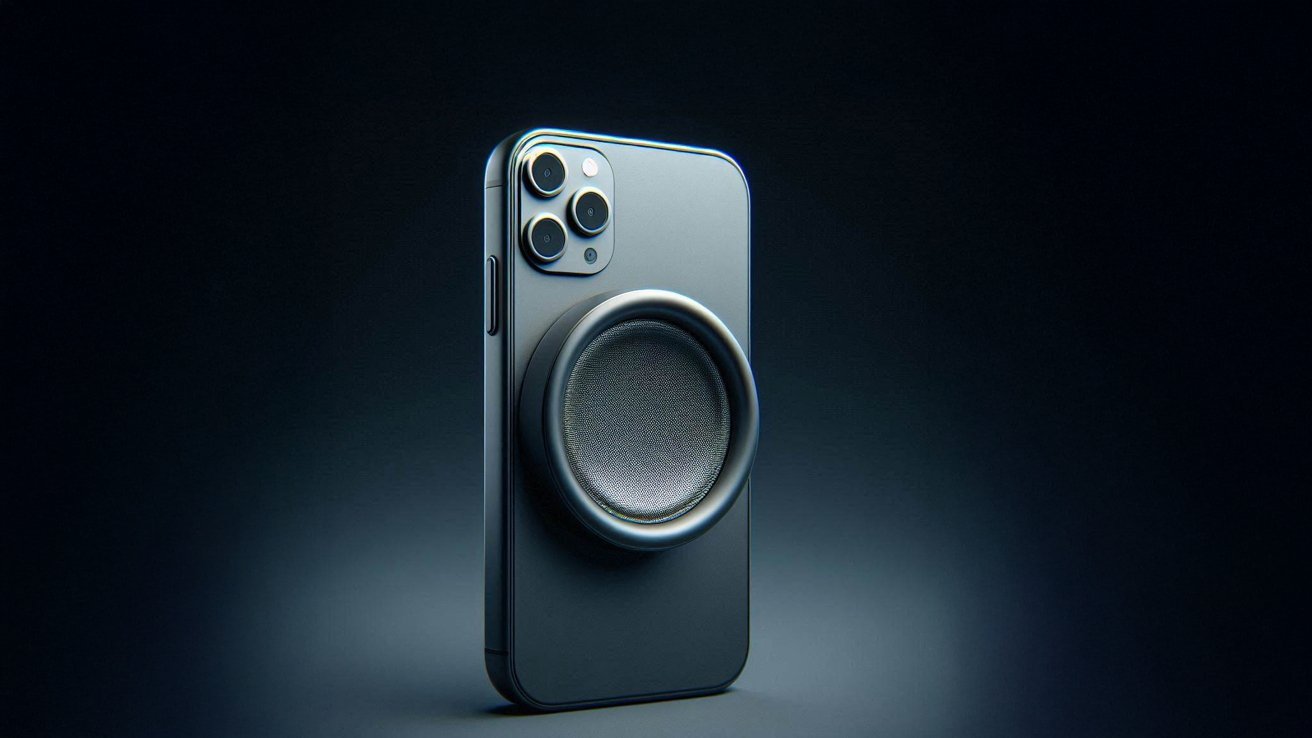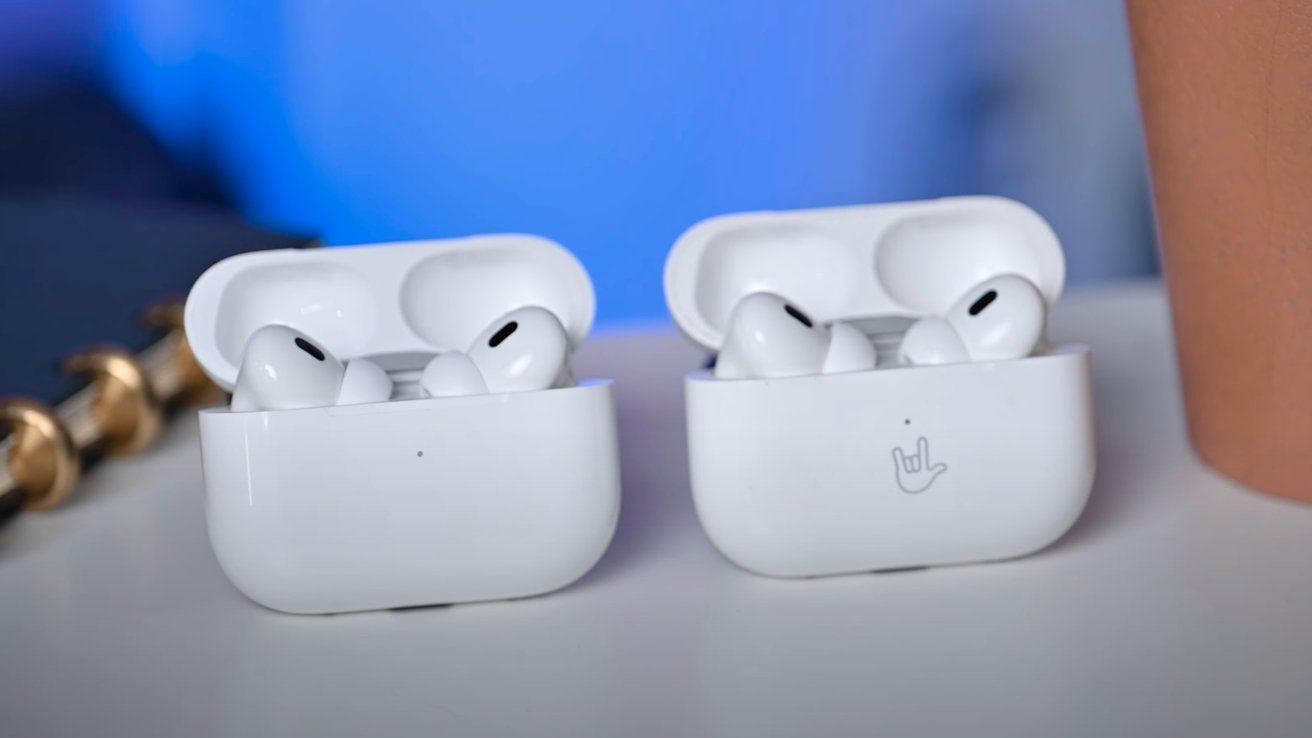Sonos allegedly toyed around with making a speaker that would use MagSafe to attach to the back of an iPhone, but couldn’t seem to nail down a target audience.
If you’re in the business of making products, chances are you’ll come up with ideas that sound good at the time, but reveal themselves to be impractical, if not outright impossible, at some point in the design process.
Apple knows this, as the company was rumored to scrap the Apple Car after the project lacked direction. And, even if it wasn’t, Apple likely realized that it would never be able to sell vehicles at its expected margins.
But it’s not always large, complex projects that don’t make it to the assembly line. According to The Verge, Sonos recently scrapped an idea for a MagSafe-compatible Bluetooth speaker.
The speaker would have been a small, rectangular speaker that, when connected to an iPhone via MagSafe, would have automatically played audio. It would have featured a similar design to Apple’s now discontinued MagSafe Battery Pack.
The idea was likely born out of Sonos’ acquisition of Mayht Holding in the first half of 2022. Mayht Holding, in Sonos’ words, had “invented a new, revolutionary approach to audio transducers,” which would allow for smaller and lighter speakers.
However, the project went the way of many projects that sound like a good idea at the time. Specifically, Sonos couldn’t suss out the target market, beyond “Gen Z.”
Which, if you stop to think about it, makes quite a bit of sense. The speaker would not be most people’s first choice when it comes to playing audio.
While it might have sounded better than the iPhone’s tiny, built-in speakers, there’s not a clear idea of where the product would be used. For watching video content at home, most people will opt for a larger screen, be that a laptop, a smart TV, or a desktop with a larger monitor.
For watching content or listening to music on the go, you run into the rudeness factor. Nobody likes the person sitting at the DMV, listening to something through their phone speakers, let alone someone who brought a Bluetooth speaker to do it.
And even listening to music is a stretch. At home, someone would probably prefer a larger speaker, allowing them to move freely around the room. On the go, they’d opt for headphones.
This leaves a very small target audience. Perhaps teens and tweens who want a speaker for their bedroom, or someone who lives in a single dorm room or a studio apartment.
It could also have some utility for those who like to camp or hike, as the speaker would be compact enough to bring along in a backpack. Of course, many outdoor enthusiasts would dissuade people of this notion, as it does count as noise pollution.
Beyond that, it doesn’t seem like many people would have a need for a tiny speaker that snapped to the back of their phone. However, it seems that Sonos realized that because they wound up nixing the idea at some point.
Sonos has gone through significant downsizing in recent years. In 2023, Sonos laid off 7% of its workers and pulled back its real estate presence. More recently — this past Wednesday, in fact — the company announced that it would lay off an additional 12%, or roughly 200 people.
CEO Tom Conrad said that the company had grown to a point where collaboration was difficult and would be better off “reorganizing into flatter, smaller, and more focused teams.” He notes that being smaller and more focused should help the company prioritize its work, as recent projects suffered from a lack of commitment.
If you’re bummed that Sonos’ MagSafe speaker never made it to market, there are some alternatives. Scosche has the BoomCan MS, a $30 speaker that magnetically attaches to iPhone.
Amazon also features dozens of speakers that purport to do the same thing. Their often alarmingly low price point probably gives you an idea of the sound quality you’re going to get.






